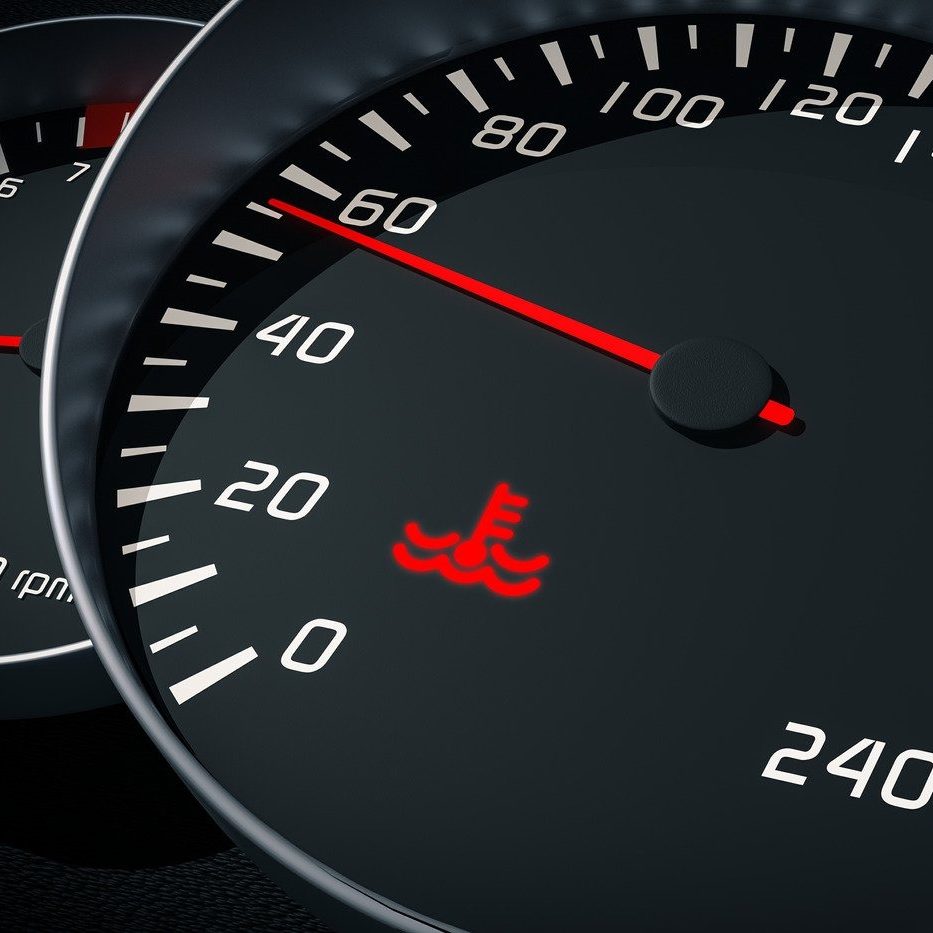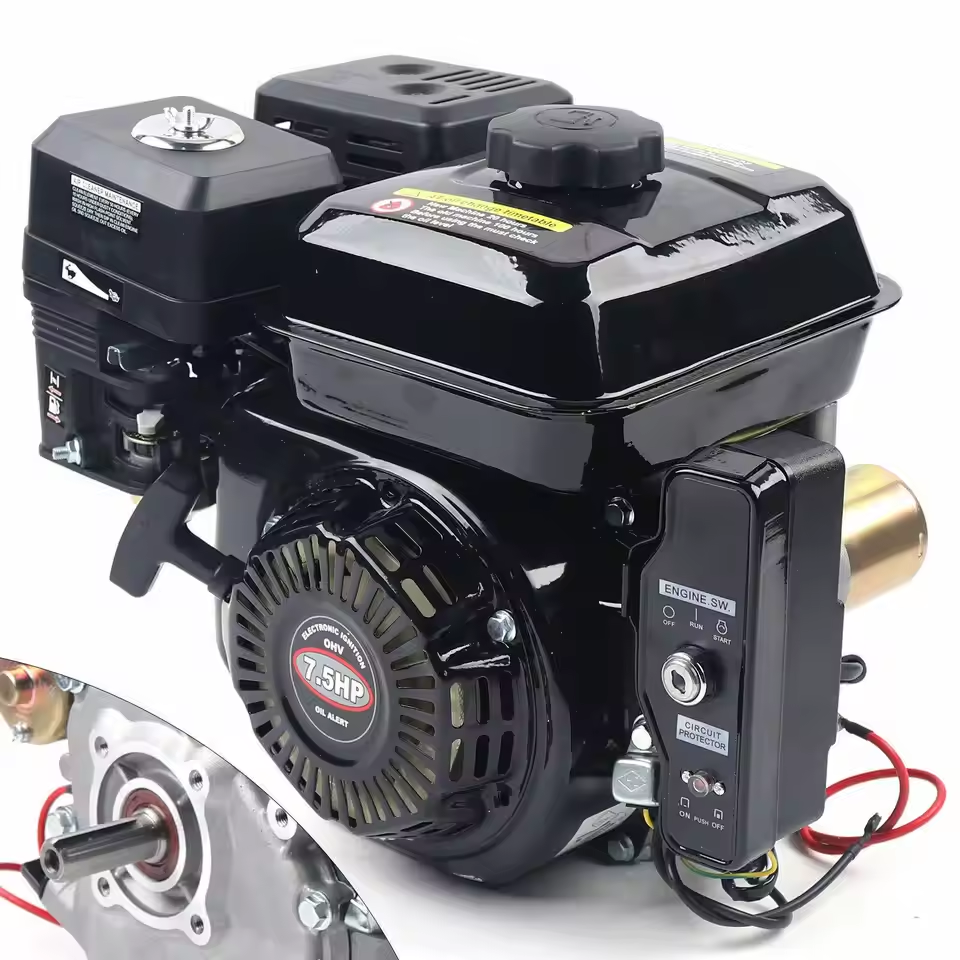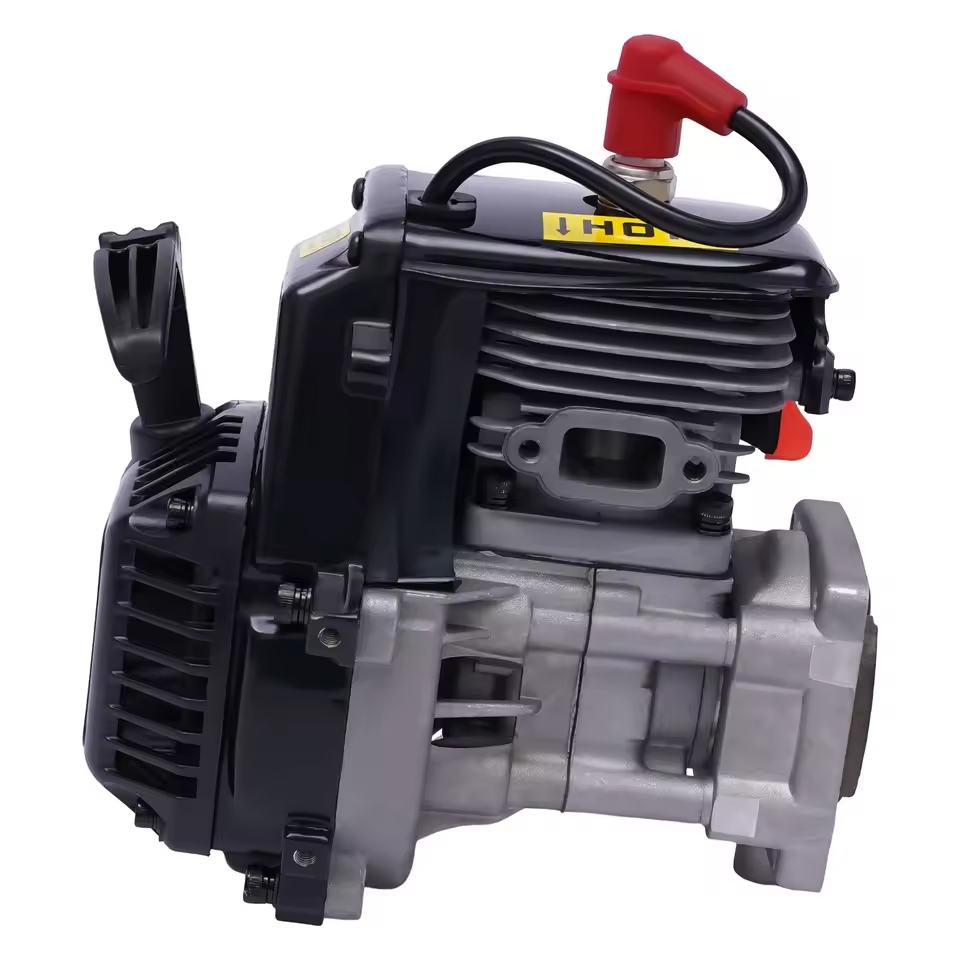Introduction: The Rise of Small Car Engines
The automotive landscape has undergone a quiet revolution—small car engine is no longer an afterthought but the cornerstone of modern mobility. Once dismissed as underpowered or unreliable, these engines under 2.0 liters now dominate global markets, offering a compelling blend of affordability, efficiency, and environmental responsibility.
Historical Context
- 1970s Oil Crisis: The first wave of small engines emerged as a response to fuel shortages.
- 1990s Turbocharged Engines: Brands like Honda pioneered turbocharged 1.5L engines for performance without sacrificing MPG.
- 2010s Hybrid Revolution: The Toyota Prius proved that small engines could rival hybrids in efficiency.
Why the Shift Happened
- Urbanization:
- 60% of the global population lives in cities (UN, 2023), favoring compact, maneuverable vehicles.
- Fuel Costs:
- Rising gasoline prices (now averaging $4/gallon in the U.S.) make small engines financially prudent.
- Environmental Regulations:
- EU’s 2035 ban on new ICE vehicles and stricter emissions standards (e.g., Euro 7) accelerate small-engine adoption.
Modern-Day Impact
- Market Share:
- Small engines now account for 65% of global car sales (2023 IHS Markit Report).
- Performance Breakthroughs:
- The Ford EcoBoost 1.0L delivers 127 HP—matching older 1.8L engines.
- Cost Savings:
- A Hyundai Ioniq Hybrid saves $1,500 annually on fuel vs. a 2.5L non-hybrid.
The Future is Small
- Electric Integration:
- Mild hybrids (e.g., BMW’s 48V systems) add 10–15% efficiency without full EV costs.
- Tech Innovations:
- Solid-state batteries and AI-driven fuel management promise even greater efficiency.
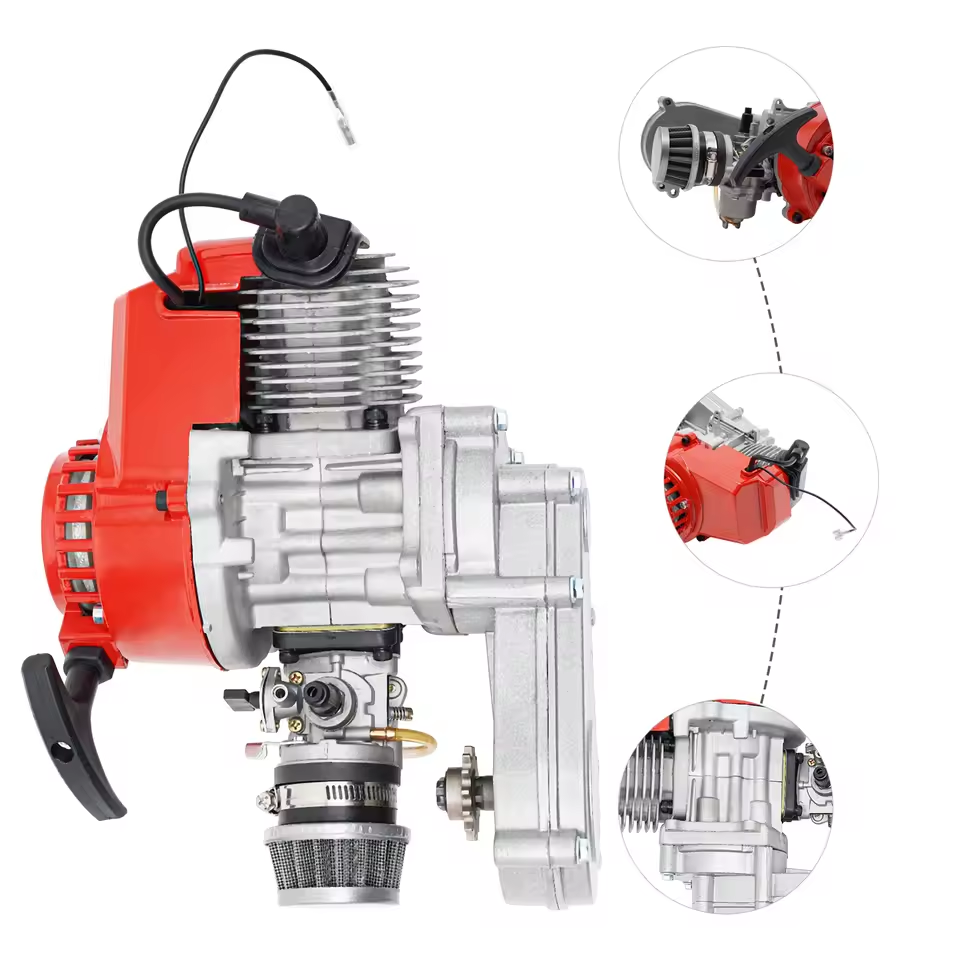 Technical Breakdown: How Small Engines Deliver Big Performance
Technical Breakdown: How Small Engines Deliver Big Performance
Small engines achieve remarkable performance through advanced engineering. Here’s a deep dive into their mechanics:
1. Turbocharging and Supercharging
- Turbochargers:
- Use exhaust gases to spin a turbine, compressing more air into cylinders.
- Example: The Ford EcoBoost 1.0L delivers 127 HP—equivalent to a 1.8L naturally aspirated engine.
- Superchargers:
- Driven mechanically (via a belt), offering instant boost (e.g., Porsche 718 Cayman 2.0L).
2. Direct Fuel Injection (DFI)
- How It Works:
- Fuel is sprayed directly into the combustion chamber, reducing waste and improving efficiency.
- The Honda Civic 1.5L Turbo uses DFI to achieve 32 MPG in the city.
3. Lightweight Materials
- Aluminum Blocks:
- Reduce weight by 30% vs. cast iron, improving acceleration.
- The Toyota Corolla 1.8L weighs 200 lbs less than older models.
4. Cylinder Deactivation
- How It Works:
- Disables cylinders during low-load driving (e.g., highway cruising).
- The Chevy Volt 1.5L saves 10% fuel by deactivating two cylinders.
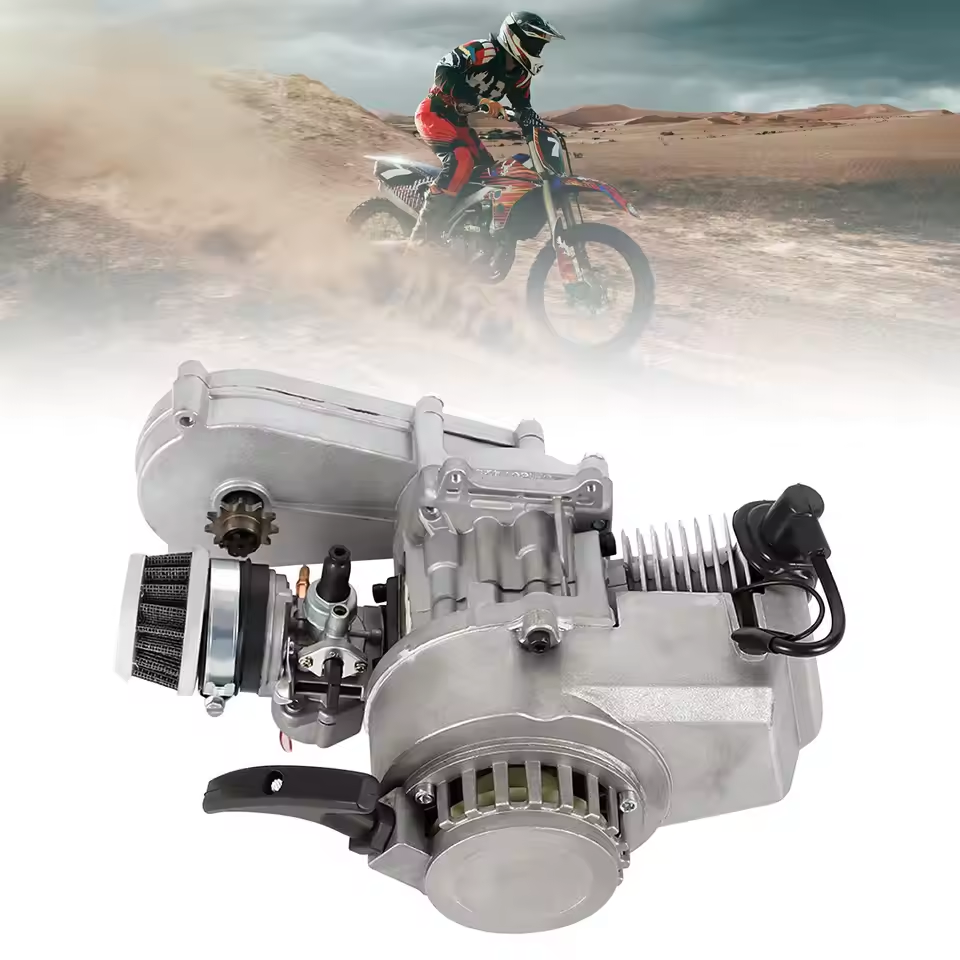 Fuel Efficiency: Why Small Engines Dominate MPG Charts
Fuel Efficiency: Why Small Engines Dominate MPG Charts
Small engines outperform larger ones in fuel economy due to advanced engineering, lightweight materials, and smart design. Below is a deep dive into their efficiency secrets:
1. Key Technologies Driving Efficiency
- Turbocharging:
- Example: The Ford EcoBoost 1.0L delivers 127 HP with 32 MPG city/45 MPG highway.
- Efficiency Boost: Turbocharged engines use 15–20% less fuel than naturally aspirated engines of the same size.
- Direct Fuel Injection (DFI):
- How It Works: Delivers fuel directly into cylinders, reducing waste.
- Result: The Honda Civic 1.5L Turbo achieves 32 MPG city/48 MPG highway.
- Stop-Start Systems:
- Impact: Shuts off the engine at red lights, saving 5–10% fuel in city driving.
- Example: The Toyota Corolla Hybrid saves 12% fuel in stop-and-go traffic.
2. Weight Reduction Strategies
- Lightweight Materials:
- Aluminum Blocks: Reduce engine weight by 30%, improving acceleration and efficiency.
- Example: The Chevy Volt 1.5L weighs 200 lbs less than its predecessor.
- Aerodynamic Design:
- Cd Values: Smaller cars like the Hyundai Ioniq have a Cd of 0.24 (vs. 0.32 for SUVs).
- Impact: Lower drag reduces fuel use by 10% at highway speeds.
3. Cost Savings Over Time
- Gasoline Savings:
A Toyota Corolla Hybrid saves 1,000–1,500 annually vs. a 2.5L non-hybrid. - Tax Incentives:
Hybrids qualify for 2,500–7,500 in tax credits (varies by country).
4. Consumer Case Studies
- Urban Driver:
A Kia Niro Hybrid owner in NYC saved $1,800/year on fuel over a 2.0L SUV. - Long-Distance Traveler:
The Subaru Forester 1.5L Turbo achieved 34 MPG on a 1,000-mile road trip.
5. Future Efficiency Trends
- Hydrogen Fuel Cells:
The Toyota Mirai pairs a 1.5L engine with a hydrogen stack for 0 emissions. - AI-Driven Fuel Management:
Nissan’s ProPilot Engine learns driving habits to optimize MPG by 15%.
Pro Tip:
Combine a small engine with eco-driving habits (smooth acceleration, coasting) to save up to $1,200 annually on fuel.
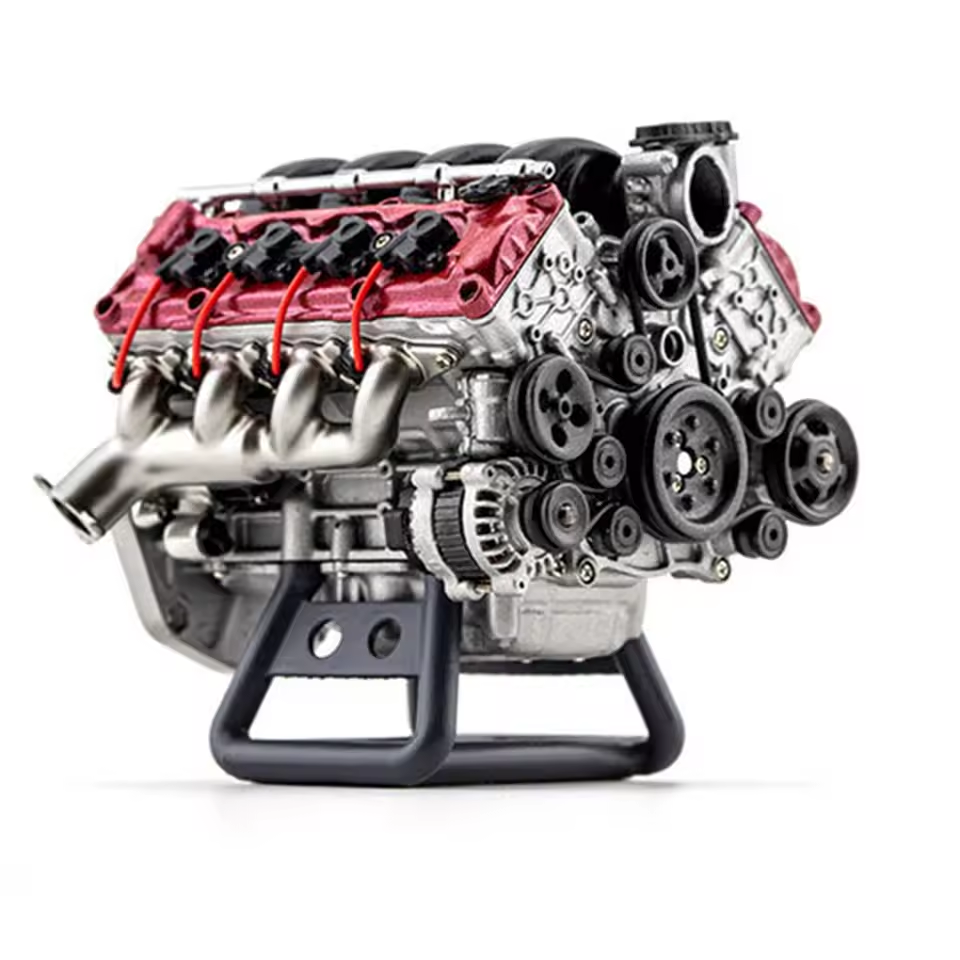 Maintenance: Keeping Your Small Engine Running Smoothly
Maintenance: Keeping Your Small Engine Running Smoothly
Neglecting maintenance can lead to costly repairs. Follow this step-by-step guide to ensure reliability:
-
1. Oil and Filter Changes
- Frequency: Every 5,000–7,500 miles or every 6 months.
- Oil Types:
- Synthetic Oil: Reduces friction by 25% (e.g., Shell Helix Ultra).
- Conventional Oil: Budget-friendly but requires more frequent changes.
- Cost: 20–50 for oil/filter combo vs. $150+ for engine rebuild due to neglect.
2. Cooling System Care
- Coolant Flush: Every 3 years or 30,000 miles.
- Why: Prevents corrosion in radiator and engine block.
- Check Hoses: Replace cracked hoses (common issue in small engine Tecumseh parts) to avoid leaks.
3. Spark Plug Replacement
- Frequency: Every 30,000 miles.
- Cost Savings: Replacing plugs prevents misfires (which waste 2–3 MPG).
4. Air Filter Maintenance
- Check Every 12,000 Miles: A clogged filter reduces airflow by 30%.
- Cost: 10–20 for a new filter vs. $200+ for damaged intake valves.
5. Diagnostic Scans
- OBD-II Readers:
- Scan for codes (e.g., P0300 for misfires) early to avoid breakdowns.
- Tools like Autel MaxiScan cost 100–200 but save hours of mechanic time.
6. Tire Pressure and Alignment
- Pressure Check: Under-inflated tires increase rolling resistance by 2%.
- Alignment: Improper alignment wears engine components faster.
7. Winter Prep
- Battery Check: Cold weather reduces battery efficiency by 50%.
- Antifreeze Mix: Use 50/50 coolant/water to prevent freeze damage.
Hybrid Engines: The Future of Small Car Innovation
Hybrid technology is redefining efficiency and performance. Here’s how it works and where it’s headed:
1. Hybrid System Types
- Parallel Hybrids:
- Engine and motor work together (e.g., Toyota Prius).
- Efficiency: 50–60 MPG in combined driving.
- Plug-In Hybrids (PHEVs):
- Chargeable batteries for 20–50 miles of electric-only driving (e.g., Chevy Volt).
- Cost Savings: 800–1,200 annually on fuel for commuters.
- Mild Hybrids:
- 48V systems assist the engine (e.g., BMW 220i).
- Advantage: Adds 10–15% efficiency without hybrid complexity.
2. Key Innovations
- Solid-State Batteries:
- Toyota plans a 2025 launch with 2x the energy density of lithium-ion.
- Impact: A Toyota Corolla Hybrid could achieve 100+ MPG.
- AI-Driven Efficiency:
- Nissan’s ProPilot Engine: Uses machine learning to adjust fuel flow in real-time.
- Hydrogen Fuel Cells:
- Toyota Mirai pairs a 1.5L engine with a hydrogen stack for zero emissions.
3. Consumer Trends
- 2023 Data:
- Hybrid sales grew 22% in the U.S. (AAA Report).
- 40% of buyers cite tax incentives (e.g., $7,500 EV tax credit).
4. Maintenance Considerations
- Battery Longevity:
- Most hybrids have 8–10 year/100,000-mile battery warranties.
- Electric Motor Care:
- Regular coolant checks prevent motor overheating.
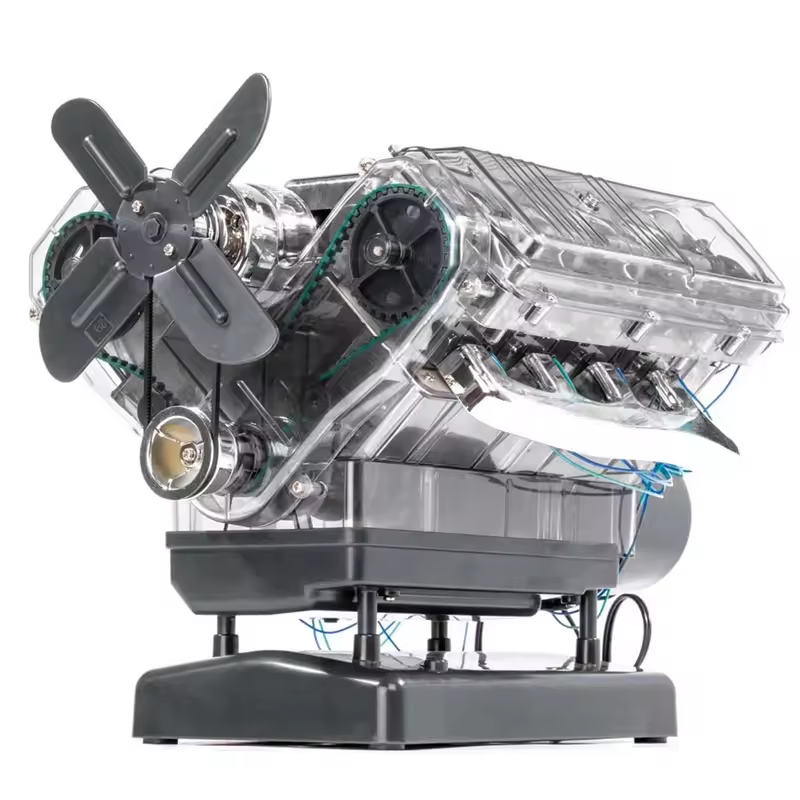 Choosing the Right Engine: Factors to Consider
Choosing the Right Engine: Factors to Consider
Your decision hinges on these criteria:
1. Driving Needs
- City Drivers: Hybrids (e.g., Honda Clarity Plug-In) save 30% fuel in stop-and-go traffic.
- Highway Drivers: Turbocharged engines (e.g., Subaru Forester 1.5L Turbo) maintain efficiency at 65+ mph.
2. Budget
- Economy Options:
- Mazda 2 1.5L (15,000–20,000): Base model for simplicity.
- Luxury Options:
- Volvo XC40 Recharge Plug-In Hybrid ($35,000+): Premium tech and tax incentives.
3. Environmental Impact
- Carbon Footprint:
- A Tesla Model 3 (electric) emits 0 g/mile vs. 120 g/mile for a 1.5L engine.
4. Maintenance Costs
- Hybrids cost 15–20% more to repair due to complex systems.
- Tip: Opt for brands with extended warranties (e.g., Toyota’s 10-year hybrid battery guarantee).
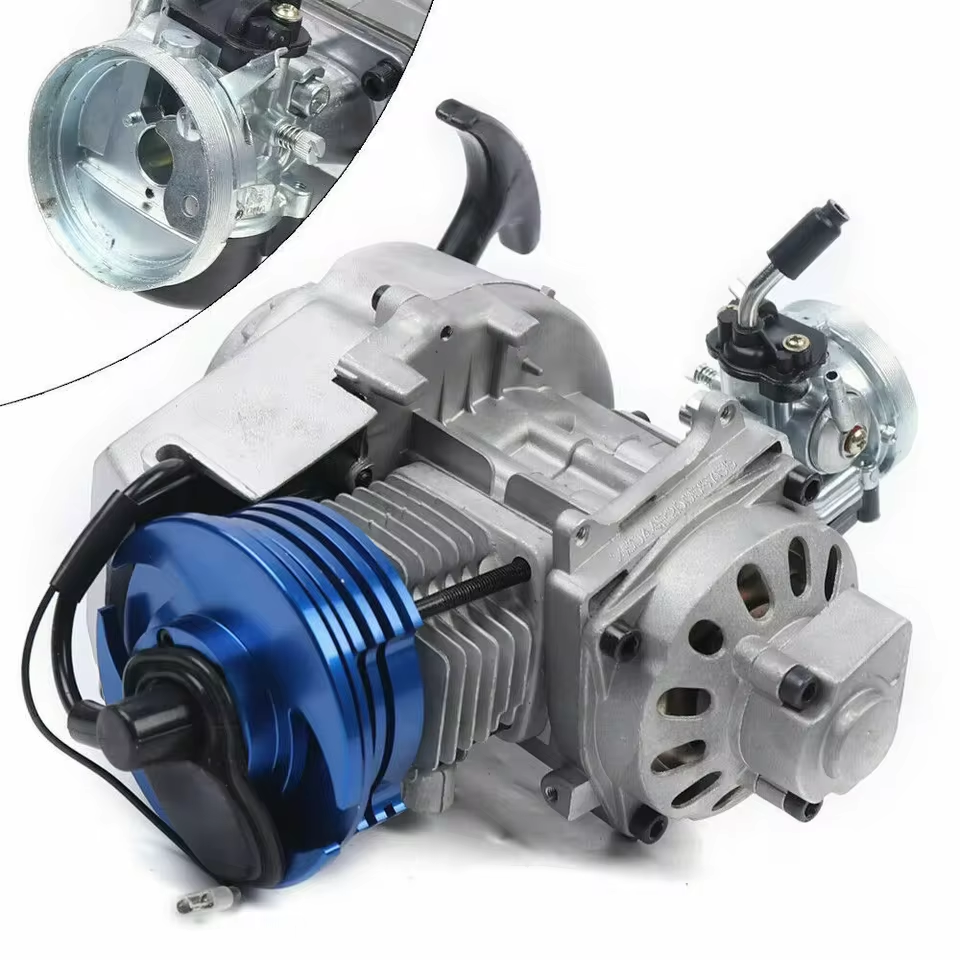 The Future of Small Engines: Innovations on the Horizon
The Future of Small Engines: Innovations on the Horizon
Emerging technologies promise even greater efficiency and power:
1. Solid-State Batteries
- Advantages:
- 2x the energy density of lithium-ion.
- Toyota’s 2025 Target: Launch a solid-state hybrid with a 300-mile range.
2. AI-Driven Fuel Management
- How It Works:
- Machine learning adjusts fuel flow based on driving patterns.
- Example: Nissan’s ProPilot Engine reduces urban fuel use by 18%.
3. Alternative Fuels
- Compressed Natural Gas (CNG):
- Honda Civic Natural Gas emits 25% less CO₂ than gasoline engines.
- Hydrogen Fuel Cells:
- Toyota Mirai pairs a 1.5L engine with a hydrogen stack for zero emissions.
4. Modular Engine Design
- Ford’s Modular Platform:
- A single 1.0L engine base can be turbocharged or hybridized for global markets.
Conclusion
Small car engine is no longer a compromise—they’re a smart choice for drivers seeking efficiency, affordability, and eco-friendliness. By understanding their technology, prioritizing maintenance, and choosing the right model, you can enjoy a powerful, reliable ride without sacrificing your wallet or the planet. Whether you’re navigating city streets or planning a road trip, the right small car engine adapts to your needs, proving that big performance comes in small packages.
